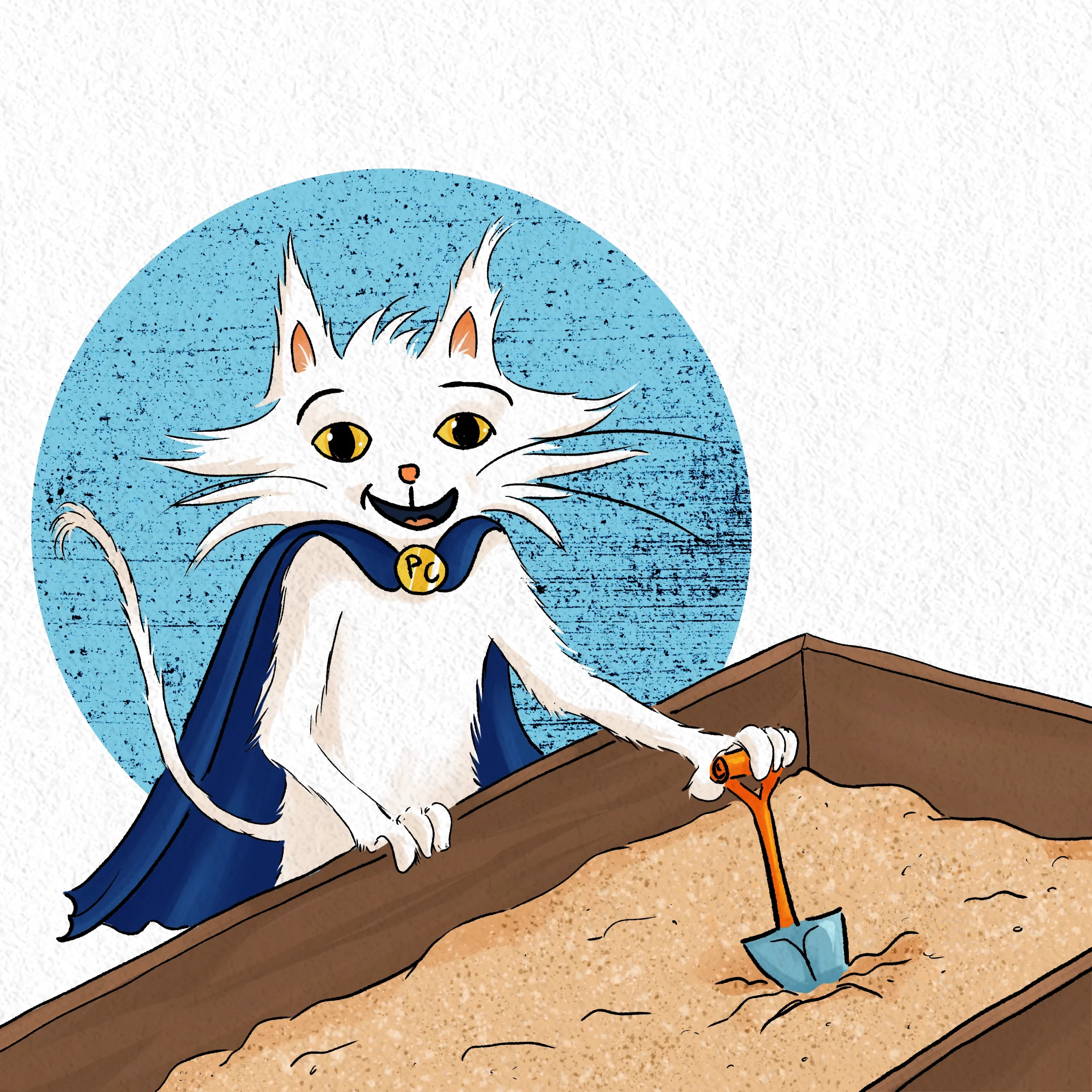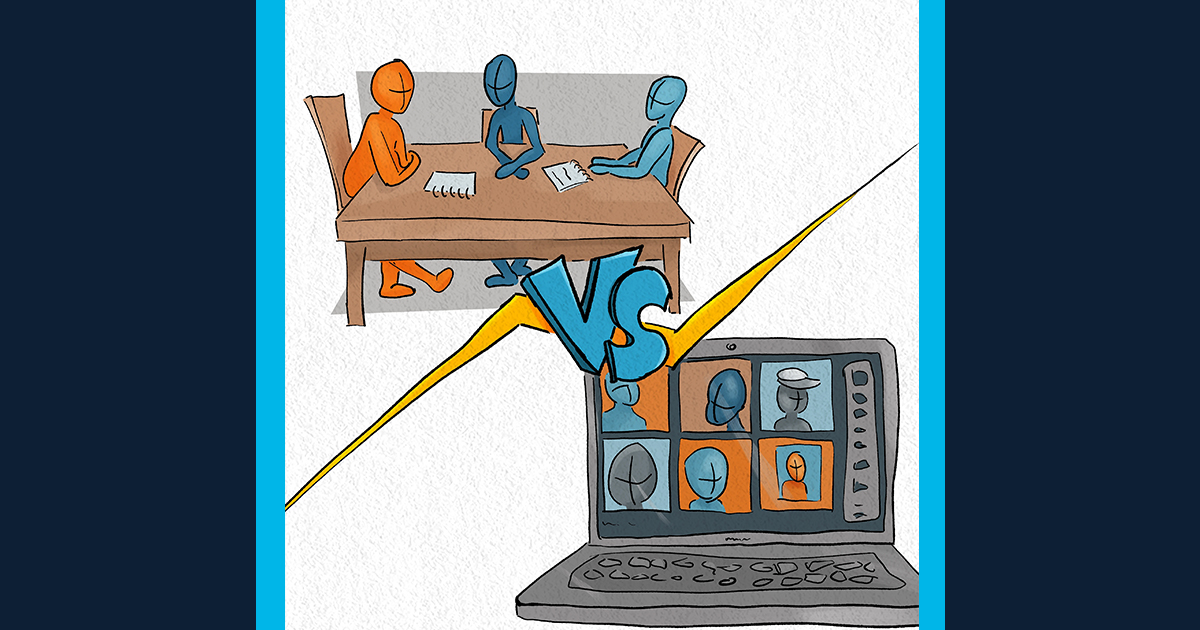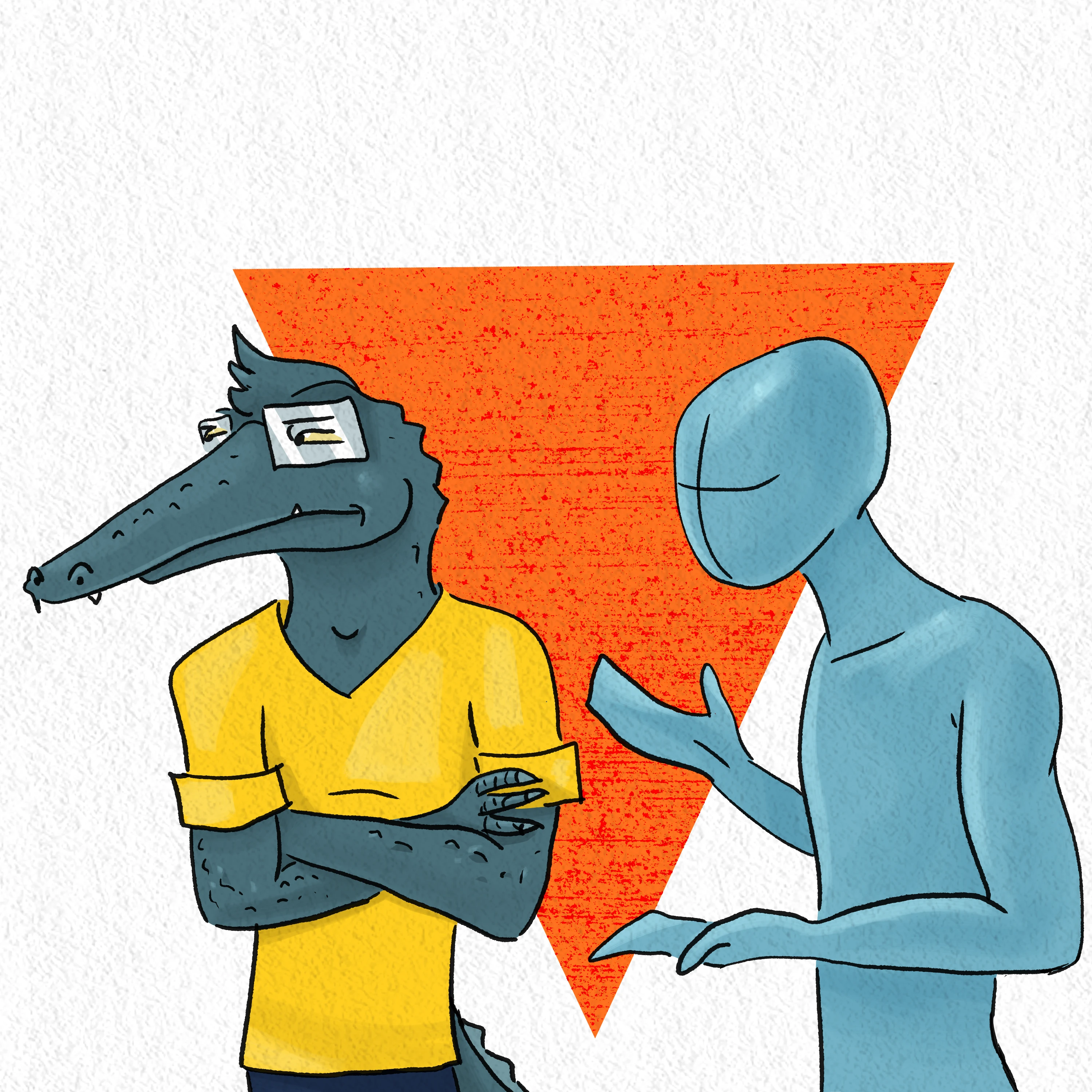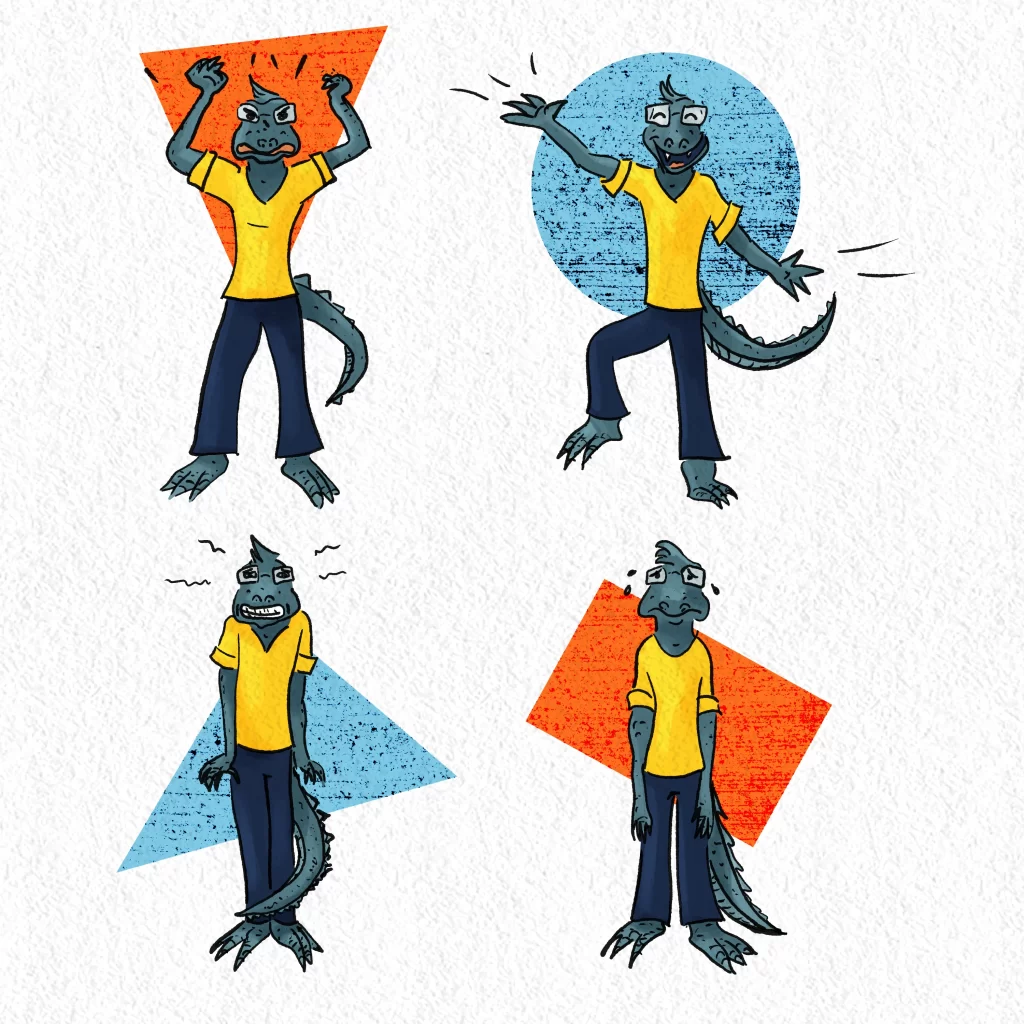
Yes, the most successful teams (not only in business but in government, nonprofit, or even in recreational endeavors) achieve their success by bringing together people with a range of perspectives. That’s why this week we’re continuing our recent series of articles where we’ve branched out a bit from our narrow focus on manurfacturing topics and covered some more general business topids like age diversity and psychological safety – and this week specifically we’re encouraging you as a small business owner (or manager or supervisor or even as a self-employed person who regurlarly hires contractors) to take a minute to think about personality types.
Gary didn’t consider personality types when he first started having employees….
If you’re a regular here at Zattatat, you know that Gary is an accountant in his 40s who decided to start a side business baking cookies.
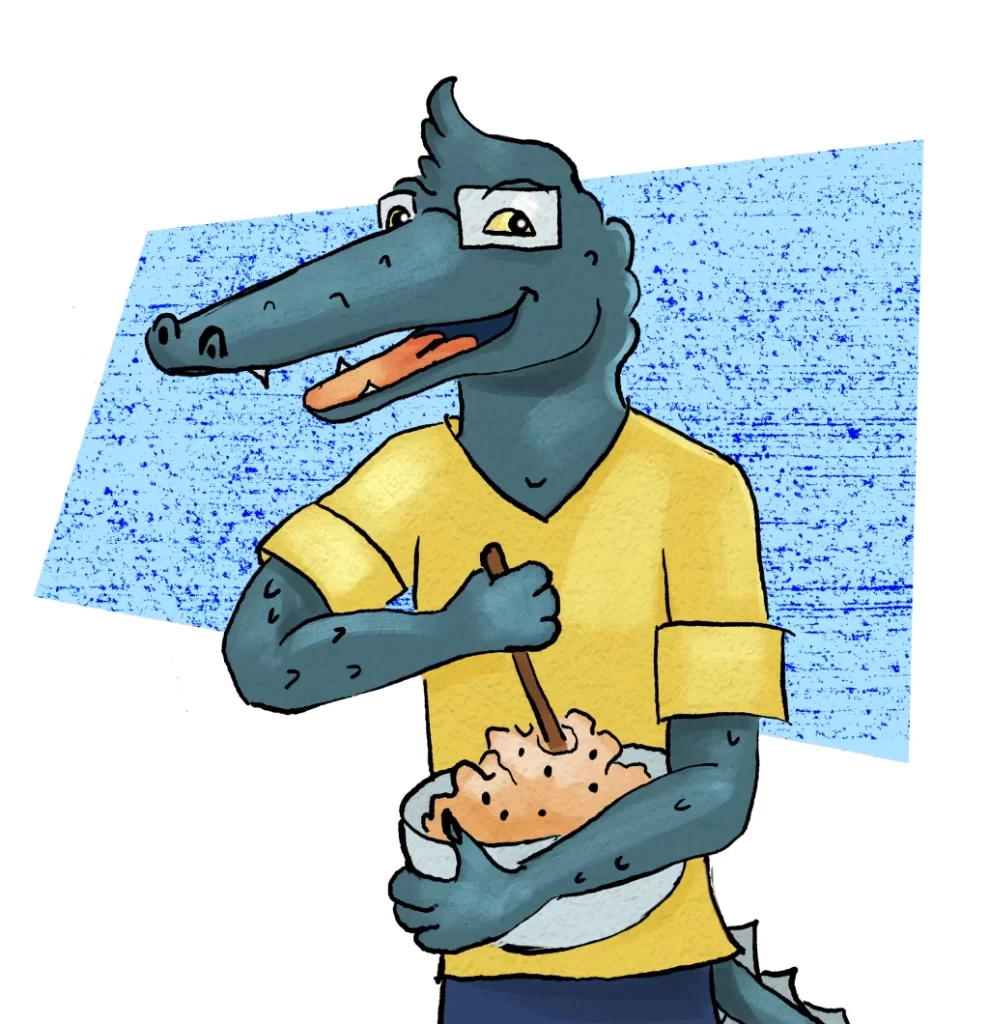
And more recently, the bakery business has been taking off to the point that he started needing to hire employees. Which was great for the business. But the thing was, before having employees, Gary had never really had to consider the fact that NOT EVERYONE WAS JUST LIKE HIM!!!!
Sorry for the caps lock. But this is important!
In previous work relationships and especially in his new business, Gary had considered some of the more obvious or surface-level differences like age, gender, and ethnicity. But he hadn’t until now stopped to think about personality types.
There are many systems to categorize personality types. And we feel it’s best to start with…
Big Five Personality Traits
The Big Five Personality Traits are Agreeableness, Openness to New Experience, Extraversion, Neuroticism, and Conscientiousness.
The Big Five model treats each trait as existing on a continuum, as opposed to some other models which categorize individuals as solely being (for example) introverted or extraverted. Also unlike some other systems, the Big Five traits tend to be relatively stable across a person’s lifetime.
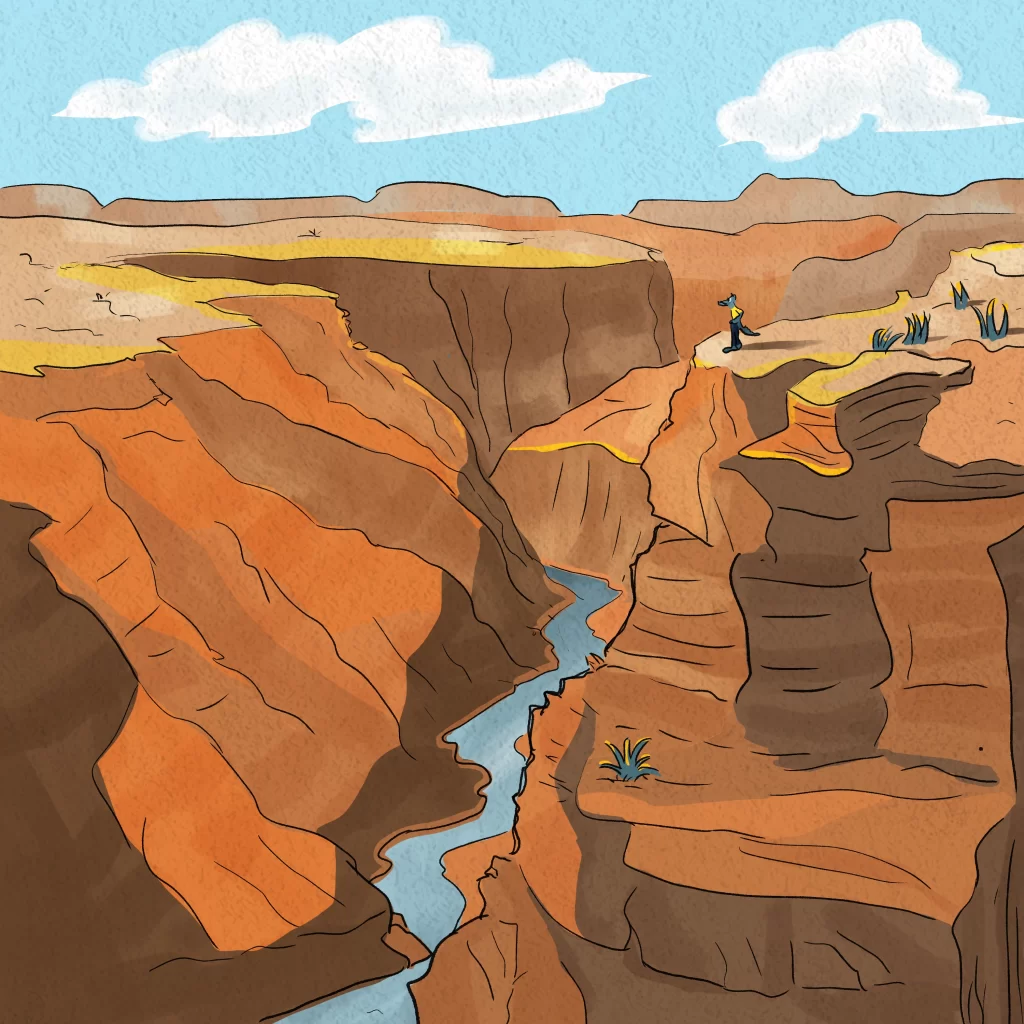
And Gary rarely loses his keys because he is relatively high on the trait of Conscientiousness (unlike his friend Princess Capybara…)
Unfortunately, the Big Five system didn’t quite help Gary understand his new employees Steve.
But the Big Five is not the only system for categorizing personalities. Another one that Gary found useful was…
Difficult People
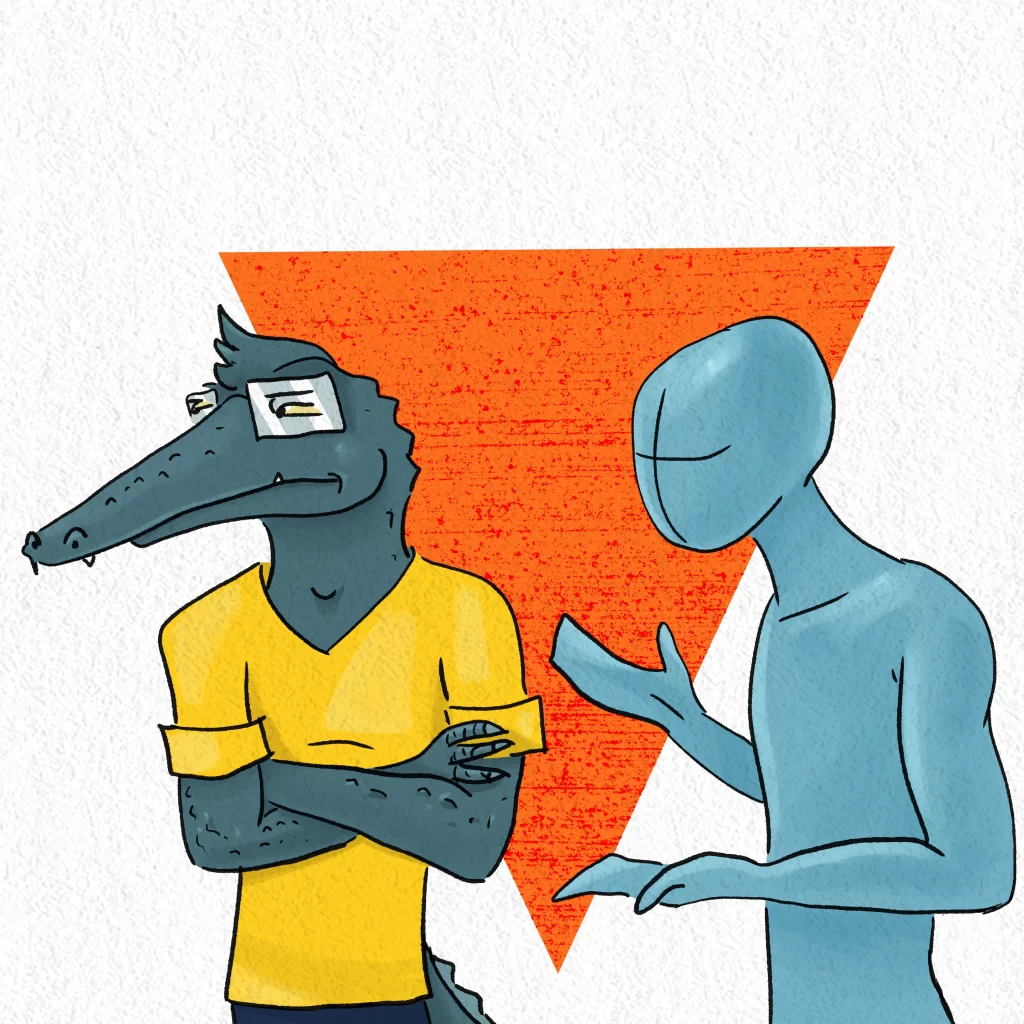
Gary is never the problem. Only OTHER people are difficult.
Just kidding, obviously.
The (now-deceased) self-improvement and business advice guru Dale Carnegie offered advice on a wide variety of topics which all essentially boiled down to “how to interact with people in business.”
His organization still teaches a course on the topic of “Difficult People.”
This sounded perfect to Gary, so he signed up for a workshop to learn how to handle his difficult employee Steve.
Unfortunately for Gary, when he took the course to learn how to handle Difficult People…
The first lesson was that each of us are someone else’s “difficult person,” and a quiz on which specific type of difficult we can be when we’re not at our best.
If you want to learn more about the specific types of difficult people, please visit https://www.dalecarnegie.com/en – but for our purposes the point is that unfortunately none of us are “right” 100% of the time and we may sometimes have to listen to other people and try in good faith to cooperate with them. (Lame, I know.)
Other Personality Types
Yes, there are many other ways of categorizing people.
Chronotypes, for example, categorize people into “morning people,” “night owls,” and… um, the other category. (Breaking the fourth wall on this one: I, MG, am neither a morning person nor a night owl. I usually do my best work in the afternoon and early evening.)
For another example, the writer Gretchin Rubin categorizes people into four tendencies based on how they respond to internal an external expectations. Learn more about that idea here.
So why are we talking about these different ways of categorizing personality types?
Well, ultimately, organizations benefit by having people with a variety of personality types.
And while it can sometimes be difficult to deal with people who are different from you…
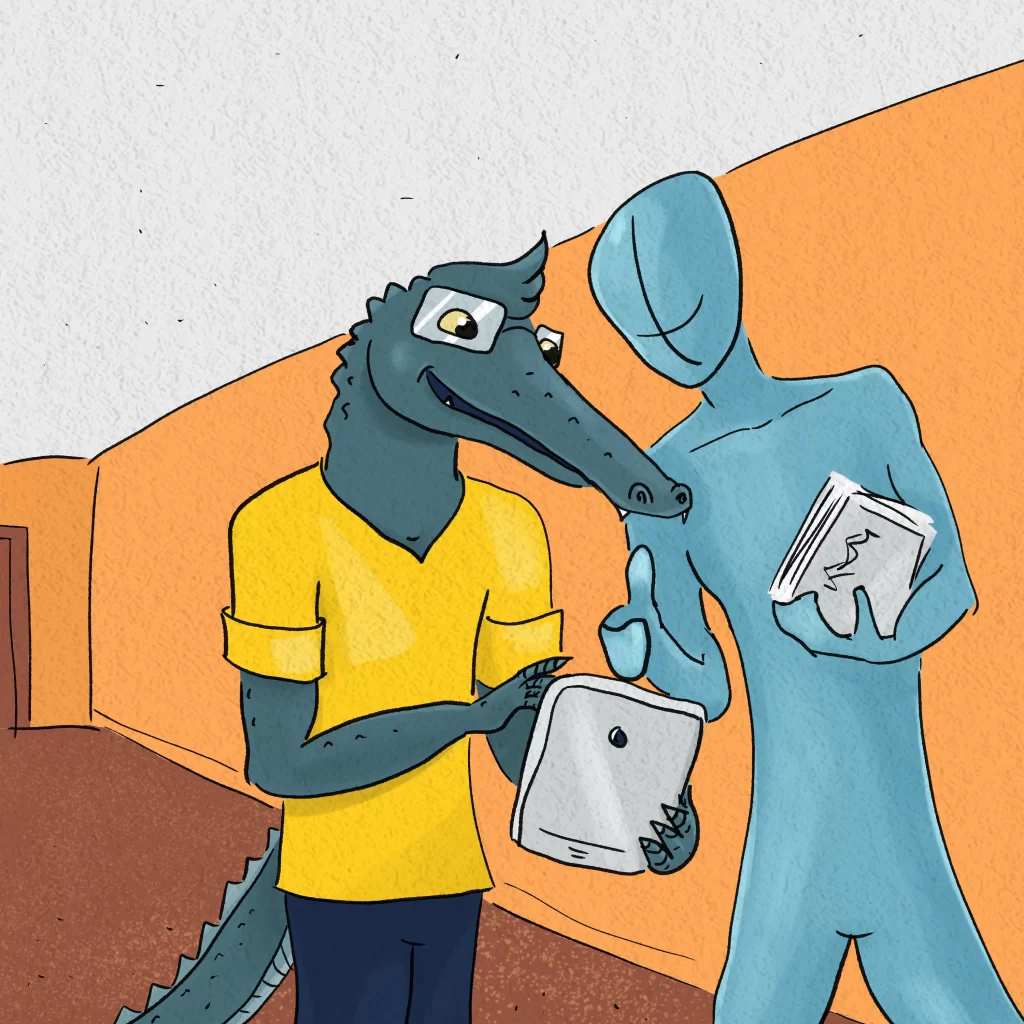
Cooperating with people with different perspectives can achieve the best results.
Weekly Challenge:
Have you taken the time to learn about your employees’ and other collaborators’ personality types? If not, schedule some time on your calendar to consider this important topic!
